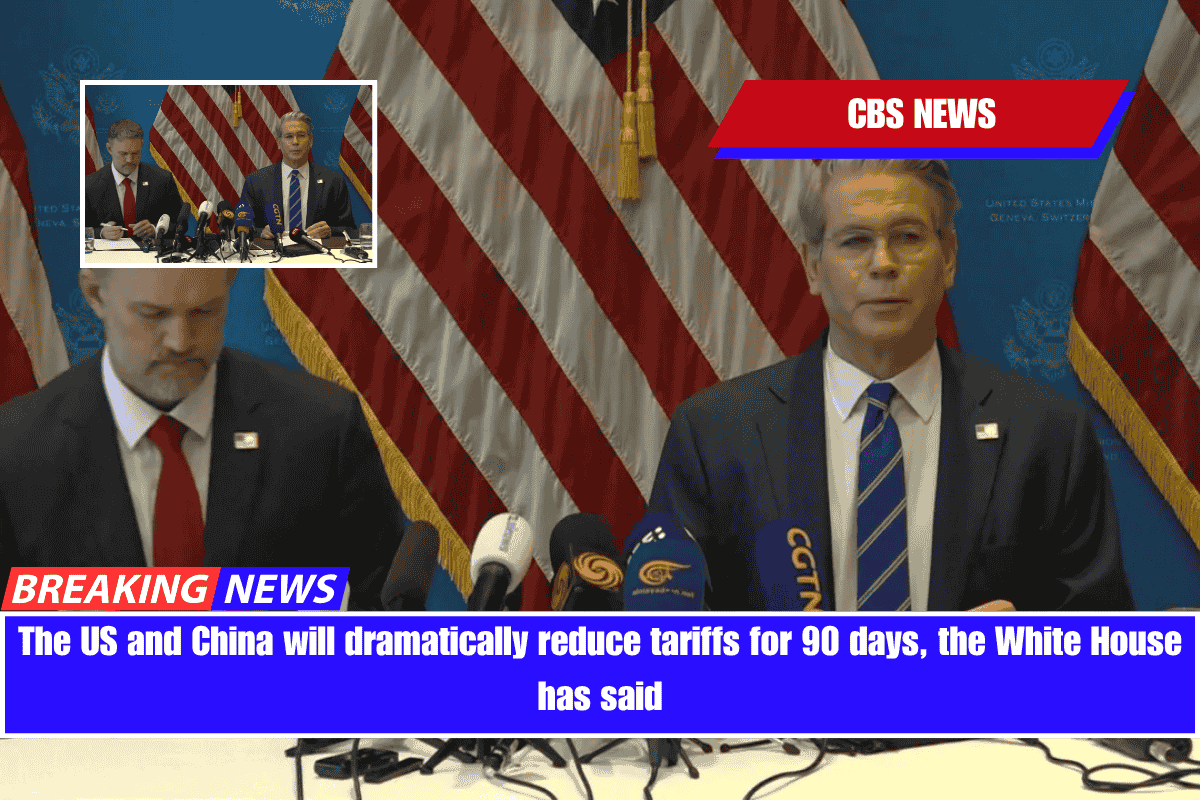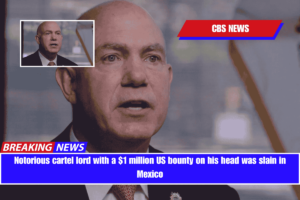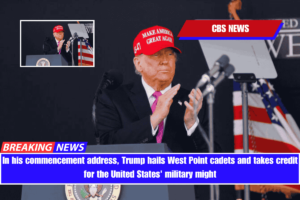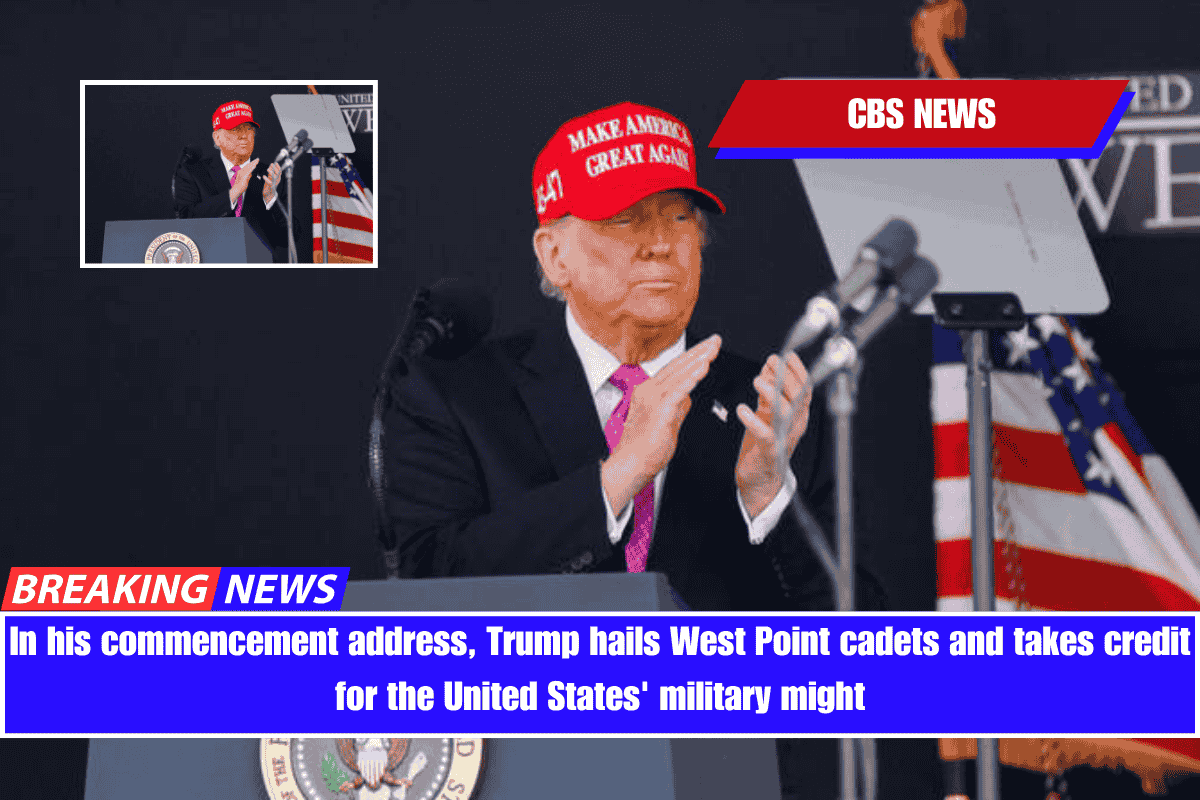The United States and China have agreed to a temporary but significant reduction in tariffs imposed over the last few months, according to a joint statement released by the White House, signaling significant progress in trade talks that resumed over the weekend.
In a joint statement issued early Monday morning, the two sides agreed that ongoing “discussions have the potential to address the concerns of each side in their economic and trade relationship,” and that “moving forward in the spirit of mutual opening, continued communication, cooperation, and mutual respect,” both parties had committed to a 90-day suspension of most of the levies imposed since early April.
“We have reached an agreement on a 90-day pause,” U.S. Treasury Secretary Scott Bessent told reporters in Geneva, Switzerland, where he spent the weekend meeting with Chinese officials. He stated that Washington and Beijing would reduce their reciprocal tariffs by 115 percentage points for three months to allow the negotiations to move forward.
According to Bessent, the temporary reductions would effectively reduce the level of U.S. tariffs on Chinese goods to around 30%, while China was lowering its tariffs on American imports by 10%.
China also agreed to reduce some nontariff barriers. According to High Frequency Economics, this could include resuming exports of rare earths to US customers, which are used in high-tech products such as computer chips and electric vehicle batteries.
President Trump spoke to reporters at the White House before departing for the Middle East, hailing the agreement.
“The biggest thing that we’re discussing is the opening up China, and they’ve agreed to do that,” Trump informed reporters. “But it’s going to take a while to paper it.”
The White House’s imposition of levies totaling 145% on all goods imported from China, combined with Beijing’s retaliatory tariffs of 125% on American imports, cast a long shadow over global financial markets as the world’s two largest economies appeared to be embroiled in a trade war in the early spring.
The high tariffs effectively halted trade between the United States and China, with major American ports reporting a significant drop in traffic.
“The consensus from both delegations this weekend is that neither side wants decoupling,” Bessent told reporters in Geneva on Monday. “And what had happened with these very high tariffs… was an embargo, or the equivalent of an embargo, which neither side wants. We do want to trade. We want a more balanced trade. And I believe that both parties are committed to achieving it.”
In another sign that the United States may be willing to abandon its protectionist trade policies, Mr. Trump announced on May 8 a deal with the United Kingdom in which the US will reduce tariffs on British cars from 27.5% to 10% while also eliminating steel and aluminum levies.
Stock market boost
Commodities and currency markets in Asia and elsewhere were significantly boosted by the news of a breakthrough in the negotiations on Monday. Stock futures in the United States also soared, with the Dow gaining more than 1,000 points ahead of Monday’s trade opening in New York, while the S&P 500 and Nasdaq Composite rose 3.2% and 4%, respectively.
Speaking on Sunday, Bessent said there had been “substantial progress” in talks between US and Chinese officials in Geneva, while Greer hinted at an agreement but provided no details.
“It’s important to understand how quickly we were able to come to agreement, which reflects that perhaps the differences were not so large as far as maybe thought,” Greer said to reporters Sunday.
Despite the cooldown, some Wall Street analysts questioned whether the truce would last and whether the parties are committed to reaching a more permanent agreement to reduce tension.
Bessent “stated that neither the United States nor China supports decoupling. “We are skeptical,” says Wei Yao, head of research Asia Pacific at Societe Generale Group. “To us, the thinking on reducing reliance on China for the supply of critical material seems more permanent, even though the U.S. may not mind continuing to buy clothes, toys or even iPhones from China.”
UBS Global Wealth Management predicts that the US tariff on Chinese imports will eventually settle at 30% to 40%.
Even with the contours of a potential US-China trade agreement in place, Americans currently face an overall effective tariff rate of 17.8%, the highest since 1934, according to the nonpartisan Yale Budget Lab.


















Leave a Reply